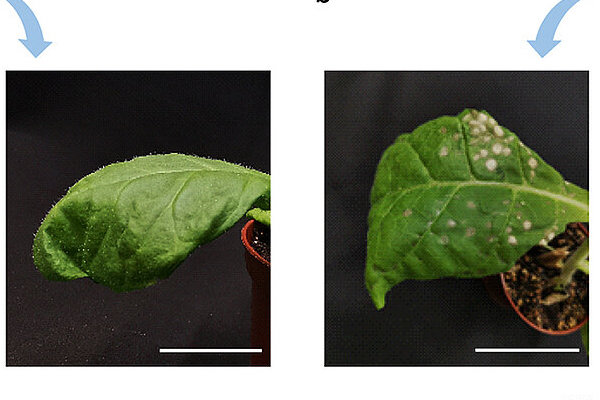
Researchers improved the survival and growth of *Serianthes nelsonii*, an endangered tree, by using under-plant mirrors to reflect sunlight. This technique increased light availability by over 70%, boosting seedling survival by 160% and plant height by 170%, offering a low-cost…
Read More











